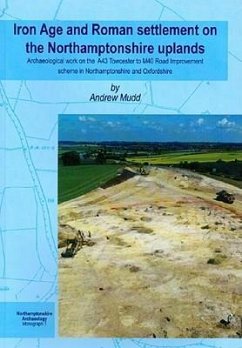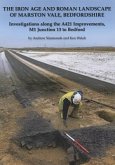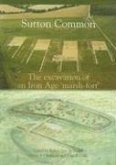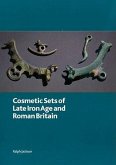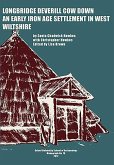Archaeological excavations in advance of the construction of the new A43 dual carriageway between Towcester and the M40, in both Northamptonshire and Oxfordshire, were carried out by Northamptonshire Archaeology in 2000 and 2001 in accordance with Highways Agency requirements. Excavations were undertaken on five settlement sites four dating to the Iron Age/early Roman period, and one to the Roman period. Three of the Iron Age sites, each of a different form, lay within 500m of each other south of Towcester. There were also investigations on a smaller scale on sites principally of the Iron Age and Roman periods, including a pit lignment. The opportunity has also been taken to present the results of a magnetometer survey at Tusmore Deserted Medieval Village, which included part of a Roman settlement. This report also summarises the more disparate evidence for medieval land-use. The investigations are particularly significant in view of the limited previous archaeological work in this area, much of which lies on Boulder Clay geology. The finds comprise moderately large collections of pottery (c 8000 sherds) and animal bone (77 kg) and small collections of metal and other finds. Of particular importance was the discovery of Iron Age iron smelting at Biddlesden Road Bridge and early Roman iron melting at Syresham. Detailed analysis indicates that both slag tapping and non-slag tapping technologies were used in the Iron Age. Early Roman pottery kilns were found at Syresham and Whitfield, adding to the picture of a widespread but small-scale industry at this time. A report on a group of infant burials from Silverstone Fields Farm is presented in detail.The evidence is discussed and set in its regional context. A comparison of the artefactual and economic evidence from the Iron Age sites suggests that there were slight differences in the assemblages which could indicate different economic practices and perhaps social roles for these settlements.
Bitte wählen Sie Ihr Anliegen aus.
Rechnungen
Retourenschein anfordern
Bestellstatus
Storno

